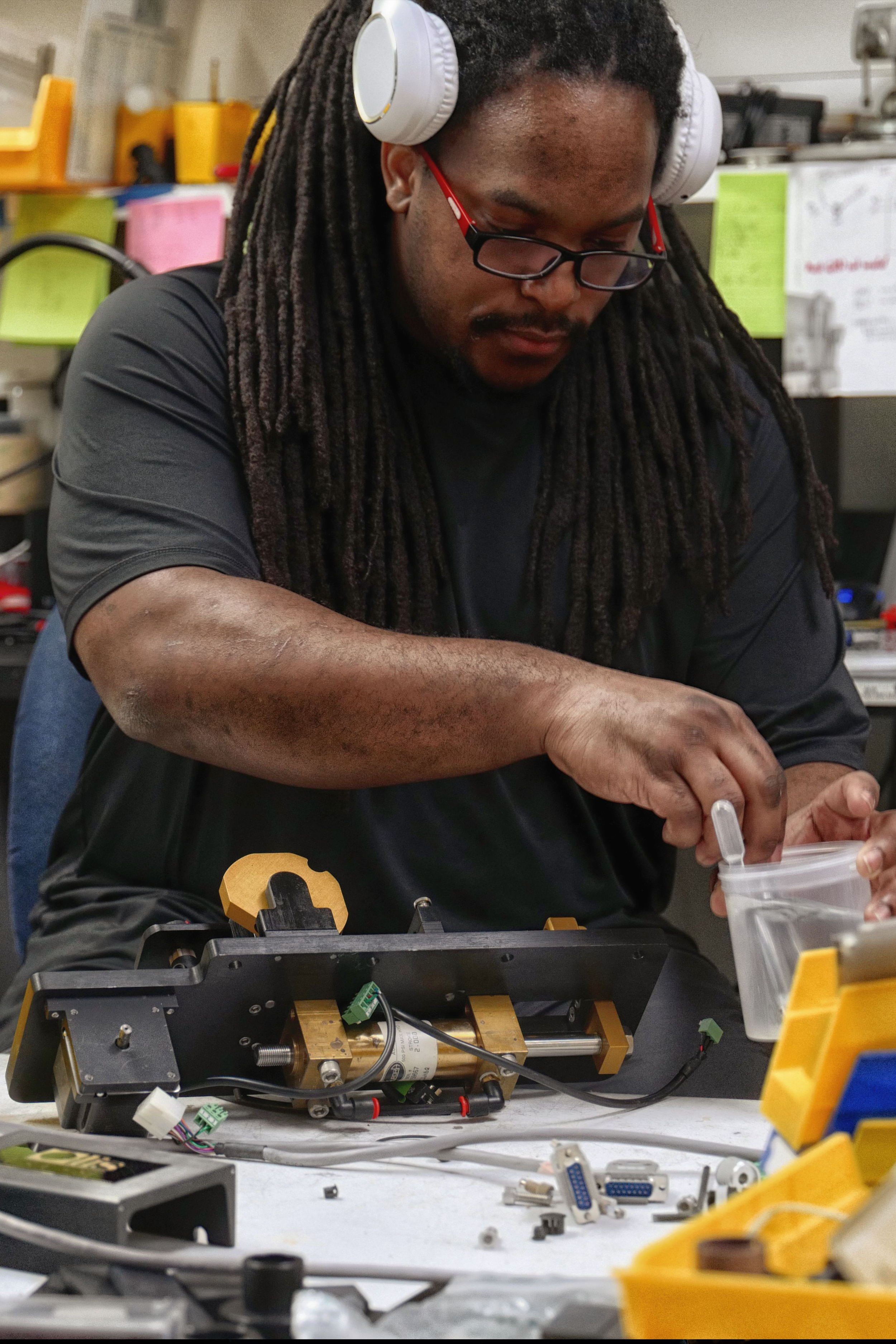The Buzz on Uv/vis/nir
The Buzz on Uv/vis/nir
Blog Article
Spectrophotometers Things To Know Before You Get This
Table of Contents6 Easy Facts About Uv/vis/nir DescribedSome Ideas on Circularly Polarized Luminescence You Should KnowEverything about Uv/visNot known Factual Statements About Circularly Polarized Luminescence Uv/vis/nir for Dummies

Spectrophotometry is a tool that hinges on the quantitative analysis of particles depending on how much light is soaked up by colored substances.
Not known Factual Statements About Spectrophotometers
A spectrophotometer is frequently used for the measurement of transmittance or reflectance of services, transparent or opaque solids, such as polished glass, or gases. Lots of biochemicals are colored, as in, they absorb noticeable light and for that reason can be measured by colorimetric procedures, even colorless biochemicals can typically be transformed to colored substances appropriate for chromogenic color-forming reactions to yield substances ideal for colorimetric analysis.: 65 Nevertheless, they can also be created to measure the diffusivity on any of the listed light varieties that generally cover around 2002500 nm utilizing different controls and calibrations.
An example of an experiment in which spectrophotometry is utilized is the decision of the stability constant of an option. A certain chemical reaction within an option may take place in a forward and reverse direction, where reactants form products and products break down into reactants. At some time, this chemical response will reach a point of balance called a balance point.
The Ultimate Guide To Spectrophotometers
The quantity of light that goes through the solution is a sign of the concentration of certain chemicals that do not allow light to pass through. The absorption of light is because of the interaction of light with the electronic and vibrational modes of particles. Each kind of particle has a specific set of energy levels connected with the makeup of its chemical bonds and nuclei and therefore will take in light of particular wavelengths, or energies, resulting in unique spectral residential or commercial properties.
They are widely used in lots of industries consisting of semiconductors, laser and optical production, printing and forensic assessment, as well as in laboratories for the study of chemical substances. Spectrophotometry is frequently utilized in measurements of enzyme activities, determinations of protein concentrations, decisions of enzymatic kinetic constants, and measurements of ligand binding reactions.: 65 Ultimately, a spectrophotometer is able to determine, depending on the control or calibration, what substances are present in a target and exactly how much through calculations of observed wavelengths.
Developed by Arnold O. Beckman in 1940 [], the spectrophotometer was produced with the help of his associates at his business National Technical Laboratories founded in 1935 which would become Beckman Instrument Company and ultimately Beckman Coulter. This would come as a service to the previously created spectrophotometers which were unable to take in the ultraviolet correctly.
The Uv/vis/nir PDFs
It would be found that this did not give satisfactory results, therefore in Model B, there was a shift from a glass to a quartz prism which permitted better absorbance results - spectrophotometers (https://hubpages.com/@olisclarity1). From there, Model C was born with an adjustment to the wavelength resolution which wound up having three systems of it produced
It irradiates the sample with polychromatic light which the sample absorbs depending upon its homes. Then it is transferred back by grating the photodiode variety which identifies the wavelength area of the spectrum. Given that then, the production and application of spectrophotometry gadgets has actually increased profoundly and has actually turned into one of the most ingenious instruments of our time.

The 15-Second Trick For Uv/vis
Historically, spectrophotometers use a monochromator including a diffraction grating to produce the analytical spectrum. The grating can either be movable or repaired. If a single detector, such as a photomultiplier tube or photodiode is used, the grating can be scanned stepwise (scanning spectrophotometer) so that the detector can determine the light intensity at each wavelength (which will correspond to each "step").
In such systems, the grating is fixed and the intensity of each wavelength of light is determined by a different detector in the range. In addition, most modern-day mid-infrared spectrophotometers use a Fourier change method to get the spectral details - https://www.abnewswire.com/companyname/olisclarity.com_129679.html#detail-tab. This method is called Fourier change infrared spectroscopy. When making transmission measurements, the spectrophotometer quantitatively compares the portion of light that passes through a recommendation service and a test solution, then electronically compares the intensities of the two signals and calculates the percentage of transmission of the sample compared to the recommendation requirement.

Report this page